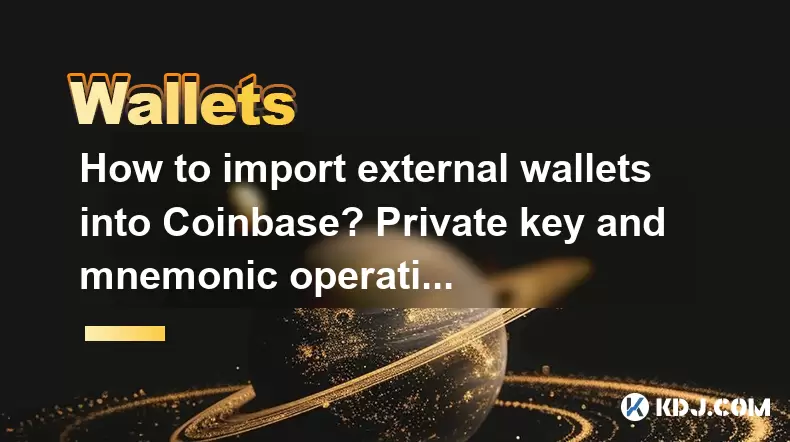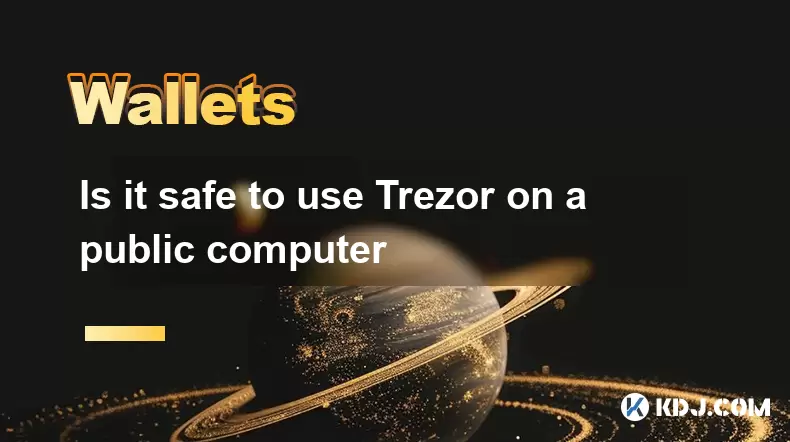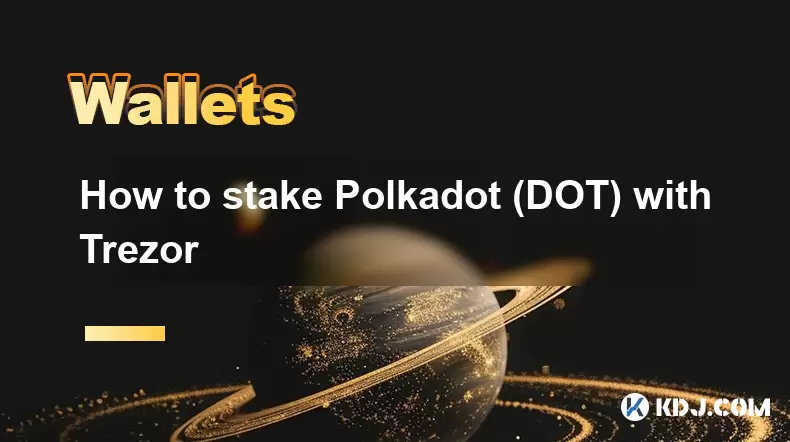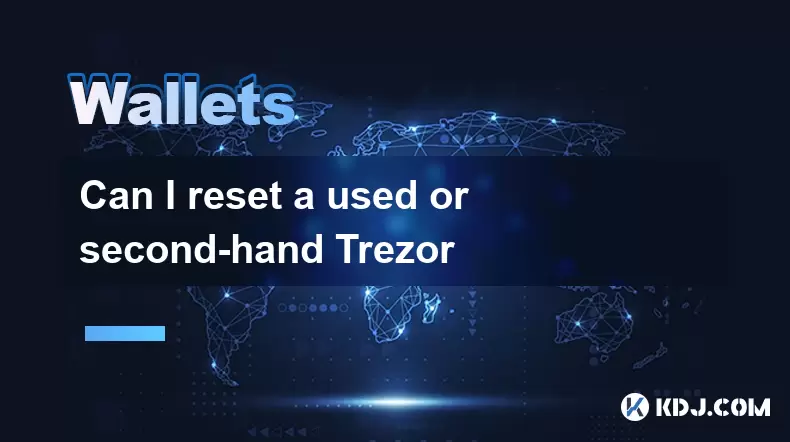-
 Bitcoin
Bitcoin $109,507.9823
0.43% -
 Ethereum
Ethereum $2,716.0274
3.79% -
 Tether USDt
Tether USDt $1.0003
-0.01% -
 XRP
XRP $2.3859
3.05% -
 BNB
BNB $665.2705
0.56% -
 Solana
Solana $154.6874
1.56% -
 USDC
USDC $1.0002
0.02% -
 TRON
TRON $0.2896
1.05% -
 Dogecoin
Dogecoin $0.1738
1.67% -
 Cardano
Cardano $0.6117
3.72% -
 Hyperliquid
Hyperliquid $40.3052
3.82% -
 Sui
Sui $2.9817
2.08% -
 Bitcoin Cash
Bitcoin Cash $505.0944
0.71% -
 Chainlink
Chainlink $14.0820
1.96% -
 Stellar
Stellar $0.2902
12.90% -
 UNUS SED LEO
UNUS SED LEO $9.0423
-0.34% -
 Avalanche
Avalanche $18.7084
1.54% -
 Hedera
Hedera $0.1714
6.33% -
 Shiba Inu
Shiba Inu $0.0...01218
2.48% -
 Toncoin
Toncoin $2.8261
1.24% -
 Litecoin
Litecoin $88.8228
1.59% -
 Monero
Monero $319.1344
2.71% -
 Polkadot
Polkadot $3.5479
2.69% -
 Dai
Dai $1.0001
0.00% -
 Ethena USDe
Ethena USDe $1.0010
0.06% -
 Uniswap
Uniswap $8.2690
6.49% -
 Bitget Token
Bitget Token $4.3622
1.19% -
 Aave
Aave $298.5989
2.11% -
 Pepe
Pepe $0.0...01042
1.97% -
 Pi
Pi $0.4663
1.15%
How to import external wallets into Coinbase? Private key and mnemonic operation guide
To import an external wallet into Coinbase, use the non-custodial Coinbase Wallet app with your private key or mnemonic phrase for full control.
Jul 09, 2025 at 10:28 pm

Understanding Wallet Import Options on Coinbase
When users want to import external wallets into Coinbase, it's essential to understand the available options and limitations. Coinbase, as a custodial wallet service, does not natively support importing private keys or mnemonic phrases directly into its mobile or web applications. However, Coinbase Wallet, which is a non-custodial solution separate from the main Coinbase app, allows for such operations.
The key distinction lies between the main Coinbase platform and Coinbase Wallet. The former manages private keys on behalf of users, while the latter gives full control to the user. Therefore, if you're looking to import an external wallet using a private key or mnemonic phrase, you must use the Coinbase Wallet application or browser extension.
Preparing Your External Wallet for Import
Before attempting to import an external wallet, ensure that:
- You have access to your private key or 12-word mnemonic phrase
- You are using the Coinbase Wallet app (not the standard Coinbase app)
- You are in a secure environment, away from prying eyes
It’s crucial to never expose your private keys or recovery phrases publicly. Doing so can lead to irreversible loss of funds. If you're importing via a private key, make sure it corresponds to the correct blockchain address and that the associated cryptocurrency is supported by Coinbase Wallet.
If using a mnemonic phrase, verify that it follows the BIP39 standard, which most modern wallets adhere to. This ensures compatibility with other wallet services like Coinbase Wallet.
Importing Using a Private Key
To import an external wallet using a private key into Coinbase Wallet, follow these steps:
- Open the Coinbase Wallet app
- Tap on Create a new wallet
- Select I already have a wallet
- Choose Private Key
- Carefully enter your private key into the field provided
- Set up a strong password for the wallet
- Confirm your backup phrase when prompted
- Complete the setup process
During this process, Coinbase Wallet will generate a new mnemonic phrase for backup purposes. Even though you imported via a private key, this new recovery phrase should be securely stored as it governs access to the newly created wallet.
Importing Using a Mnemonic Phrase
For those who prefer to import using a recovery phrase, the steps within Coinbase Wallet are as follows:
- Launch the Coinbase Wallet app
- Tap on Create a new wallet
- Select I already have a wallet
- Choose Recovery Phrase
- Enter your 12-word mnemonic phrase in the correct order
- Create a strong password for local encryption
- Confirm the words in the correct sequence
- Finalize the import process
Once completed, Coinbase Wallet will treat the imported account as one of its own. Any assets associated with that mnemonic phrase should now appear in the wallet, assuming they are compatible with the network settings used during import.
Verifying Imported Funds and Network Compatibility
After successfully importing a wallet, it's important to check whether the expected balances appear. In some cases, especially with ERC-20 tokens or other blockchain-specific assets, users may need to manually add token addresses or switch networks within the wallet.
To verify:
- Navigate to the Assets tab
- Ensure the correct blockchain network is selected (e.g., Ethereum, Polygon, etc.)
- If necessary, use the Add Token feature to input contract addresses
- Check for any pending transactions or incorrect network configurations
If funds still do not appear, double-check that the imported wallet was indeed associated with the correct public address and that the network settings match the origin wallet.
Troubleshooting Common Import Issues
Users may encounter issues when trying to import wallets into Coinbase Wallet. Some common problems include:
- Incorrect mnemonic phrase entry: Always double-check word spelling and order
- Wrong network selection: Assets may exist on a different blockchain than what’s currently selected
- Unsupported tokens: Not all tokens are automatically recognized; manual addition might be required
- Mismatched private key format: Some wallets use different formats (e.g., WIF vs. hex), which may cause import errors
If you face persistent issues, consider reaching out to Coinbase Wallet support or consulting their official documentation for troubleshooting guidance specific to your case.
Frequently Asked Questions
Q: Can I import multiple wallets into Coinbase Wallet?
Yes, Coinbase Wallet allows you to import and manage multiple wallets. Each wallet will have its own unique recovery phrase and settings.
Q: What happens to my original wallet after importing into Coinbase Wallet?
Importing does not affect your original wallet. Both wallets will control the same blockchain address, meaning either can be used to send or receive funds.
Q: Is it safe to import a wallet into Coinbase Wallet?
As long as you’re using the official Coinbase Wallet app and ensuring no third parties observe your recovery phrase or private key, the process is generally safe. Always avoid phishing sites or fake apps.
Q: Do I need internet access to import a wallet?
No, the import process does not require real-time internet access. However, you’ll need connectivity later to sync balances and interact with the blockchain.
Disclaimer:info@kdj.com
The information provided is not trading advice. kdj.com does not assume any responsibility for any investments made based on the information provided in this article. Cryptocurrencies are highly volatile and it is highly recommended that you invest with caution after thorough research!
If you believe that the content used on this website infringes your copyright, please contact us immediately (info@kdj.com) and we will delete it promptly.
- NEXBRIDGE, NEXPLACE, and the Bitcoin Ecosystem: Building a New Financial Frontier
- 2025-07-09 23:10:13
- MEXC Launchpad & PUMP Token: Grab a 40% Discount?
- 2025-07-09 22:50:12
- Trade System Revolution: How XDC and the End of Faxes Are Reshaping Finance
- 2025-07-09 23:10:13
- Ripple, CLARITY Act, and the XRP Case: A New York Minute on Crypto Regulation
- 2025-07-09 23:50:12
- No Rs 50 Coin? Delhi HC Hears Why India Prefers Banknotes
- 2025-07-09 23:15:11
- No Rs 50 Coin? Delhi HC Hears Why Banknotes Reign Supreme
- 2025-07-09 23:50:12
Related knowledge

How to find a specific receiving address on my Trezor
Jul 09,2025 at 10:36pm
Understanding the Purpose of a Receiving AddressA receiving address is a unique identifier used in blockchain networks to receive cryptocurrency. Each...

How to connect Trezor to Rabby wallet
Jul 09,2025 at 05:49am
What Is Trezor and Rabby Wallet?Trezor is a hardware wallet developed by SatoshiLabs that allows users to securely store their cryptocurrency assets o...

Is it safe to use Trezor on a public computer
Jul 09,2025 at 08:56pm
Understanding the Risks of Using Trezor on a Public ComputerUsing a Trezor hardware wallet is generally considered one of the most secure methods for ...

What happens if I forget my Trezor passphrase
Jul 09,2025 at 03:15am
Understanding the Role of a Trezor PassphraseIf you use a Trezor hardware wallet, you may have set up a passphrase as an extra layer of security beyon...

How to stake Polkadot (DOT) with Trezor
Jul 09,2025 at 09:42pm
Understanding Polkadot (DOT) StakingStaking Polkadot (DOT) allows users to participate in network validation and earn rewards. Unlike traditional proo...

Can I reset a used or second-hand Trezor
Jul 09,2025 at 11:49am
Understanding the Reset Process for a Used or Second-Hand TrezorIf you have acquired a used or second-hand Trezor wallet, one of the first things you ...

How to find a specific receiving address on my Trezor
Jul 09,2025 at 10:36pm
Understanding the Purpose of a Receiving AddressA receiving address is a unique identifier used in blockchain networks to receive cryptocurrency. Each...

How to connect Trezor to Rabby wallet
Jul 09,2025 at 05:49am
What Is Trezor and Rabby Wallet?Trezor is a hardware wallet developed by SatoshiLabs that allows users to securely store their cryptocurrency assets o...

Is it safe to use Trezor on a public computer
Jul 09,2025 at 08:56pm
Understanding the Risks of Using Trezor on a Public ComputerUsing a Trezor hardware wallet is generally considered one of the most secure methods for ...

What happens if I forget my Trezor passphrase
Jul 09,2025 at 03:15am
Understanding the Role of a Trezor PassphraseIf you use a Trezor hardware wallet, you may have set up a passphrase as an extra layer of security beyon...

How to stake Polkadot (DOT) with Trezor
Jul 09,2025 at 09:42pm
Understanding Polkadot (DOT) StakingStaking Polkadot (DOT) allows users to participate in network validation and earn rewards. Unlike traditional proo...

Can I reset a used or second-hand Trezor
Jul 09,2025 at 11:49am
Understanding the Reset Process for a Used or Second-Hand TrezorIf you have acquired a used or second-hand Trezor wallet, one of the first things you ...
See all articles

























































































